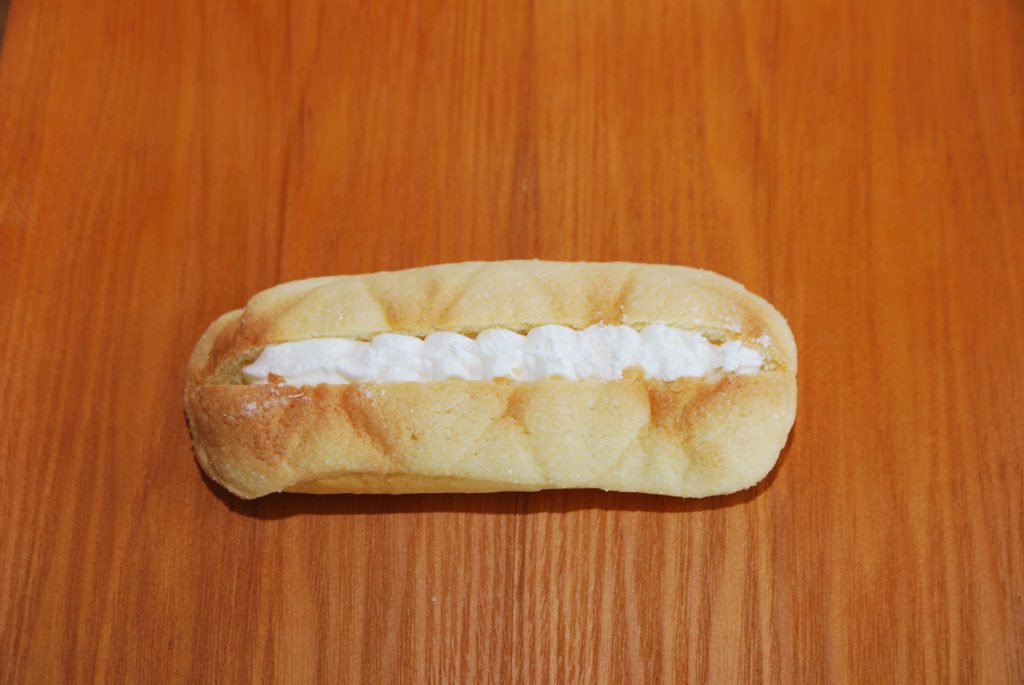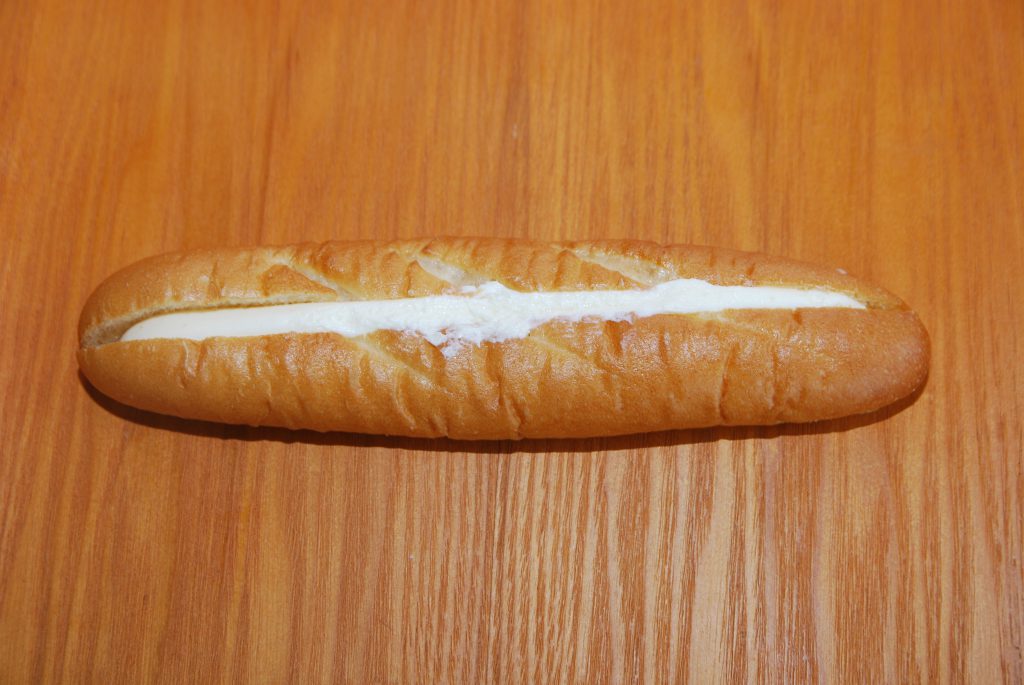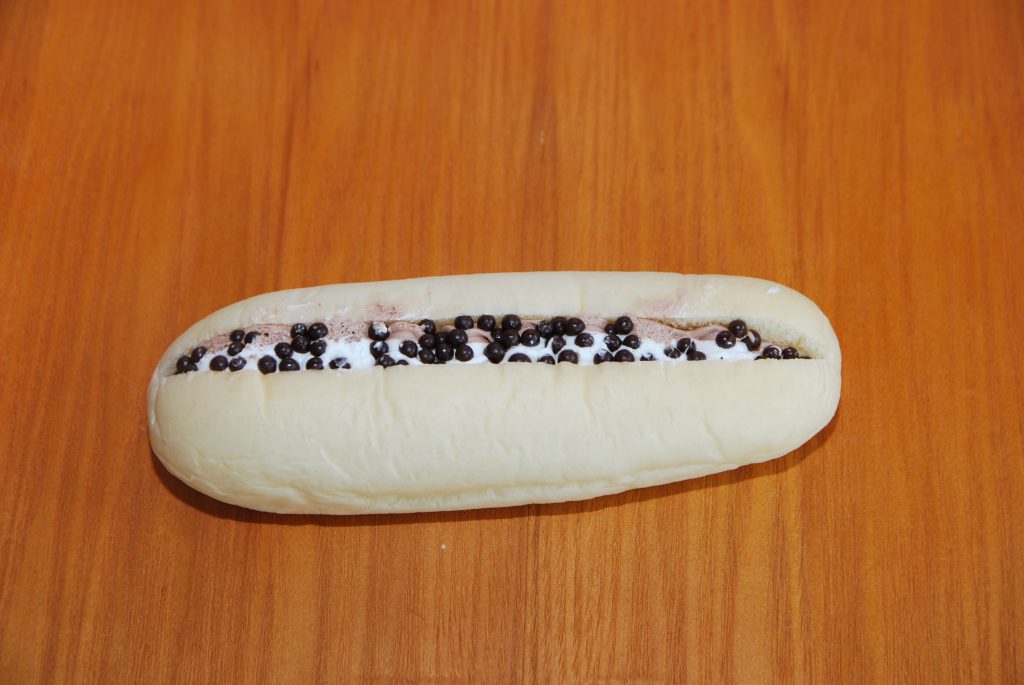Email Magazine
Measurement of food 3 (4/14/2021)
This is the third in a series of Raman microscopy measurements of pastry cream. So far, we have imaged the distribution of fat, water, sugar, and air in cream, and investigated the nature of liquid sugar. This time, I measured the cream in three different types of sweet breads I bought at a convenience store, and asked a university researcher to see what he could learn from the differences. This is just a “free study for adults. Please feel free to read on. (e-mail Newsletter editor-in-chief / freelance writer Takeshi Nemoto)
Once again, we asked Katsuhito Aoki, Sales & Applications Engineer at the Tokyo Showroom, to help us with measurements and other tasks. He bought pastries with cream from several convenience stores and measured the white cream part. The data is shown below. Which data corresponds to which bread is kept secret.

This data was reviewed by Professor Satoshi Ueno of the Graduate School of Integrative Biosciences, Hiroshima University.
Professor Ueno specializes in food physics. His research focuses on the physical properties of food lipids, especially crystallization. “For example, he studies the hardness, melting point, and crystal structure of chocolate and margarine, and analyzes their relationship to quality. For example, I study the hardness, melting point, and crystal structure of chocolate and margarine, and analyze their relationship to quality. In the case of chocolate, quality refers to the degree to which it melts in the mouth and its hardness, and I study how the hardness changes with temperature. Deterioration is another area of research. For example, the surface of chocolate turns white over time, but if we can find out the cause of this deterioration, we can figure out how to deal with it.
First, I asked him what he thought of the cream data. “I am also studying the stability of food products, especially emulsions such as cream, and I was very interested in the Raman microscope data because the bubbles were clearly visible.
So what can we learn from this data? “In C, the black bubbles are fine and spread out evenly. You can see that they form a network structure. When a network is formed, the air bubbles stay longer, and the smoothness and fluffiness are maintained.
“Therefore, in the order of C > B > A, the air bubbles will stay in the cream for a longer period of time, maintaining the cream’s unique smoothness and fluffiness. Also, the cream will retain its shape longer in this order.
According to Professor Ueno, water and oil (fat) separate as they are, but an emulsifier, which acts as a mediator between water and oil, disperses oil particles so small that they are invisible to the eye into water, a state called emulsion. This is cream. The softness of the cream depends on how well the air bubbles are maintained, or in other words, how well the network structure is created. If the emulsion state collapses and the water and oil separate, the air bubbles will not be maintained, and the cream will lose its softness and feel greasy.
When I actually licked the cream and compared the fluffiness, I found that Professor Ueno’s “prediction” was correct. Of course, this was the result of comparing the data without knowing which data was which bread, and later comparing the answers.
Prof. Ueno said, “I don’t think Raman microscopy is widely used in this industry, but it is very good at clearly visualizing bubbles, water, and crystals. It may attract attention in the future,” he said.


